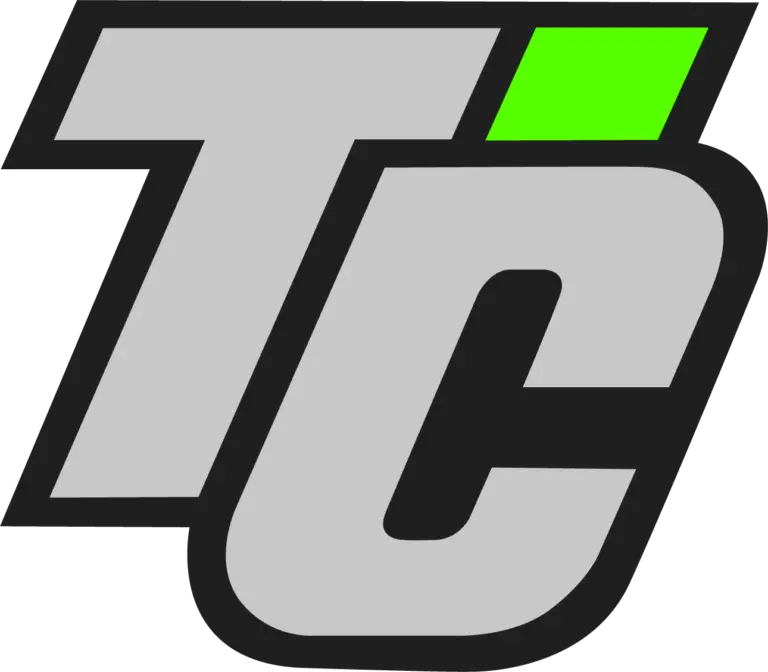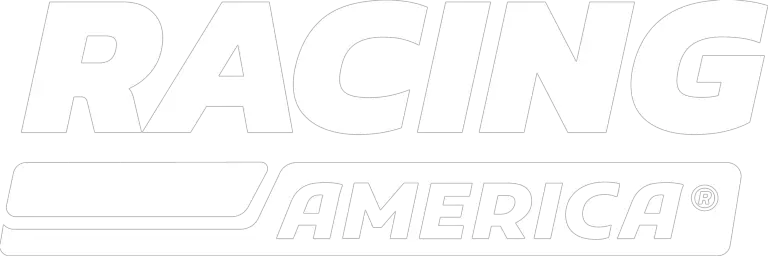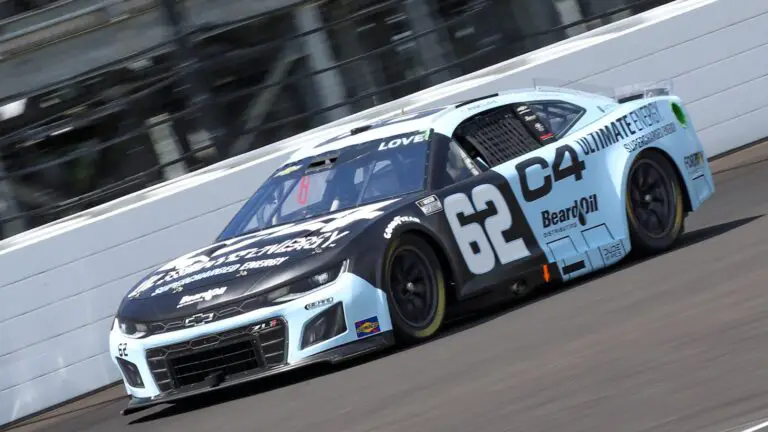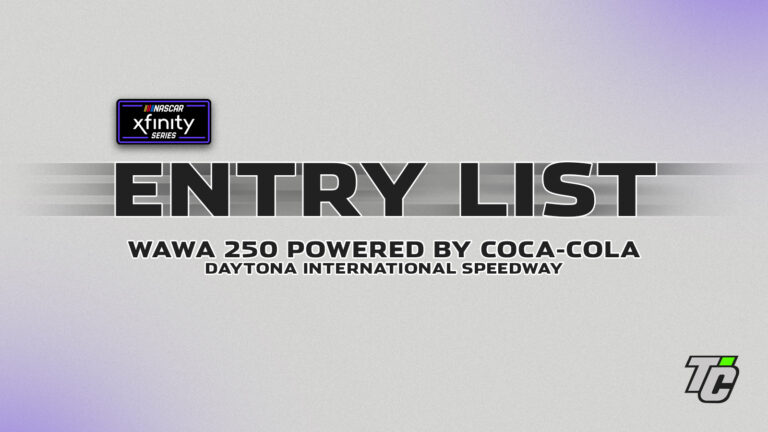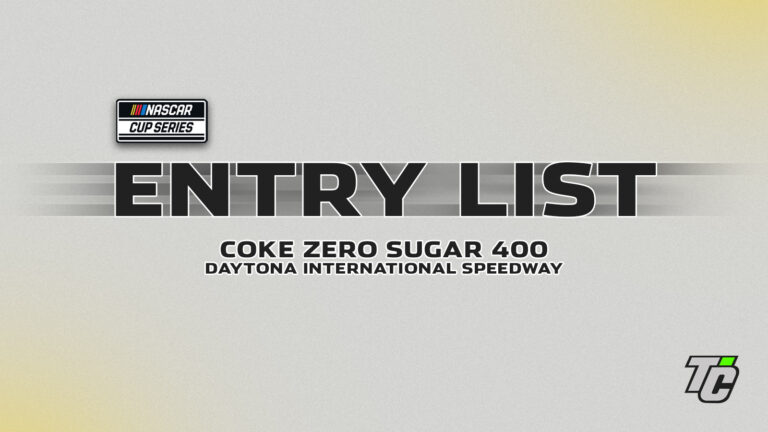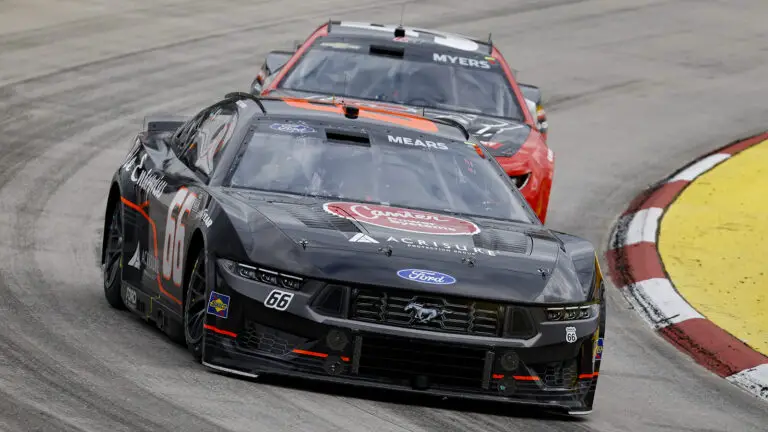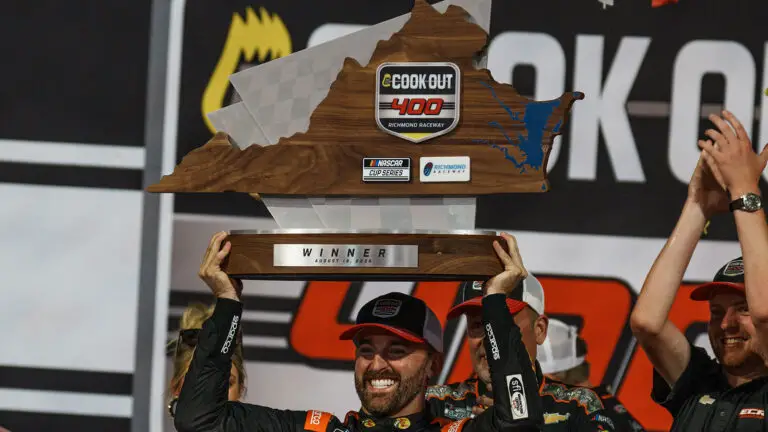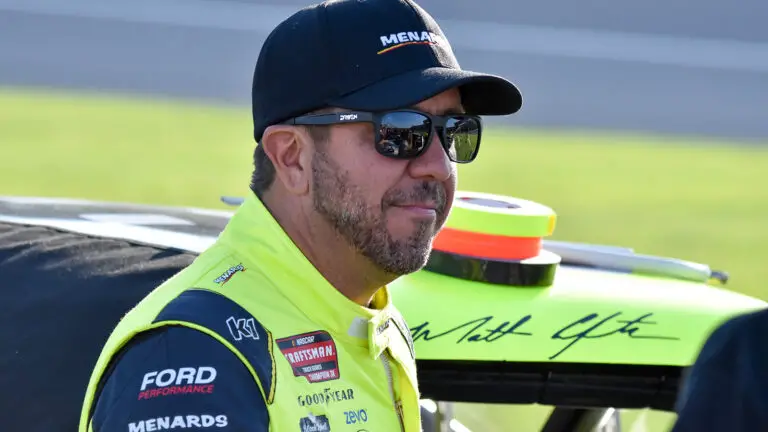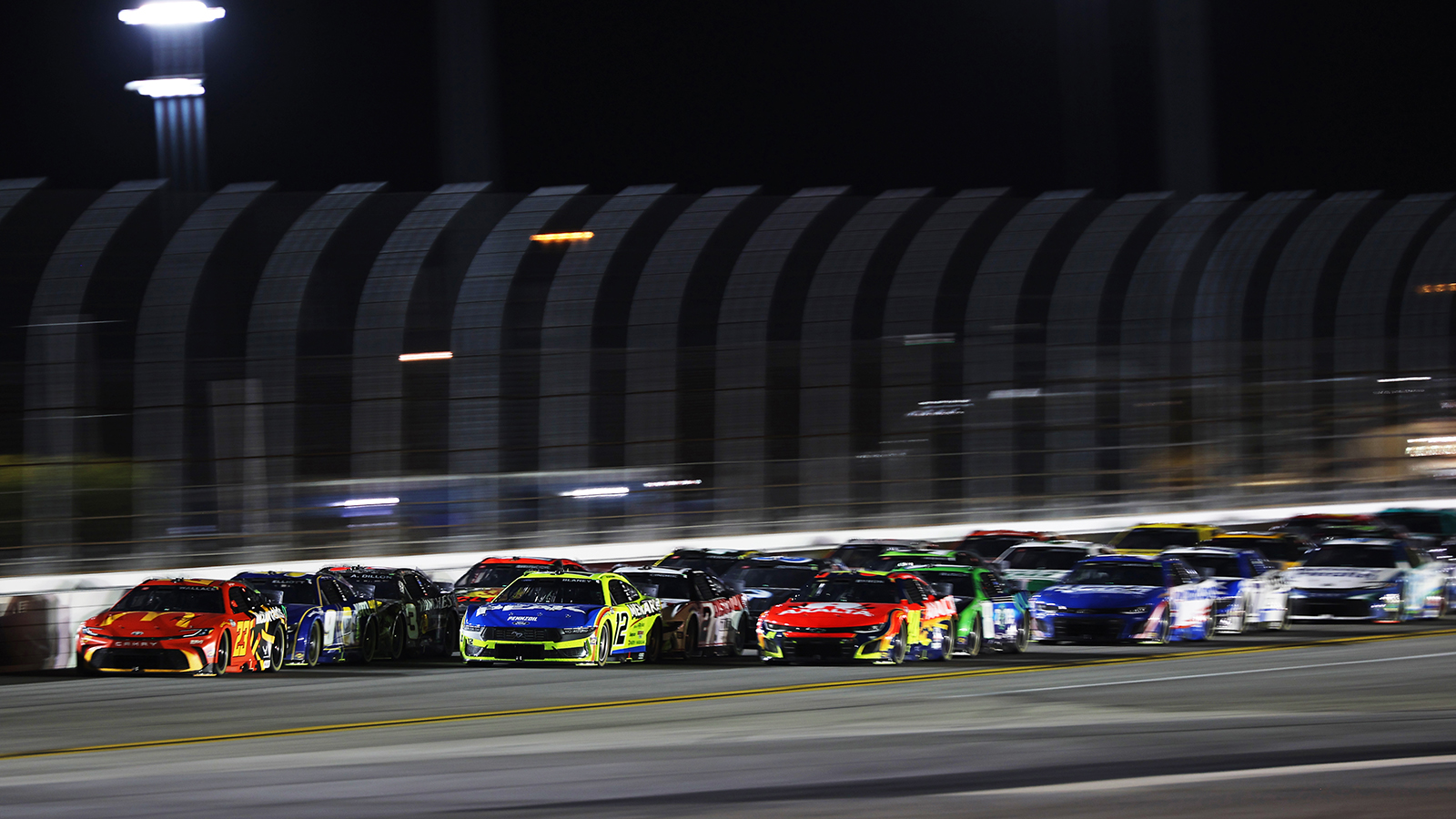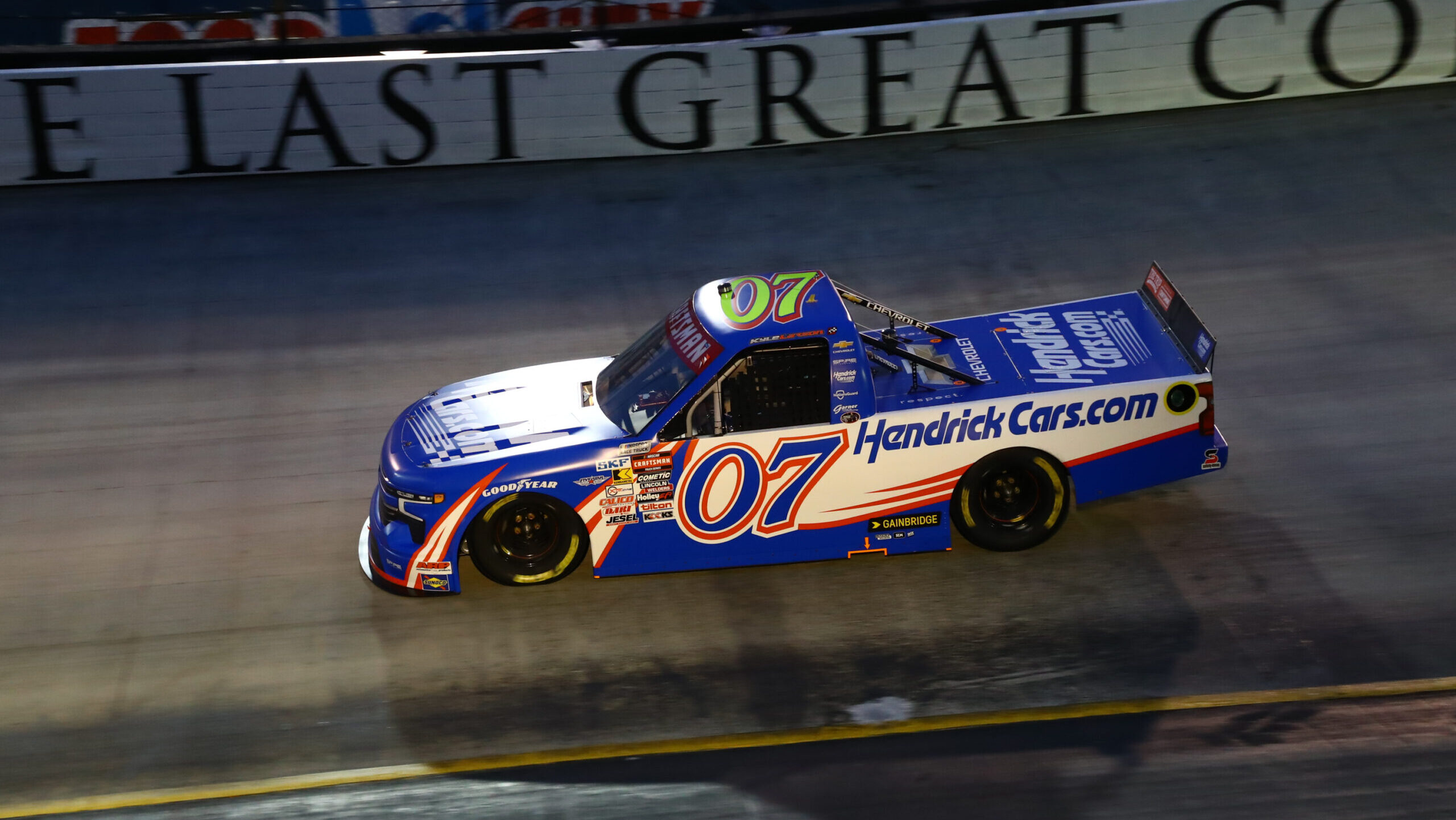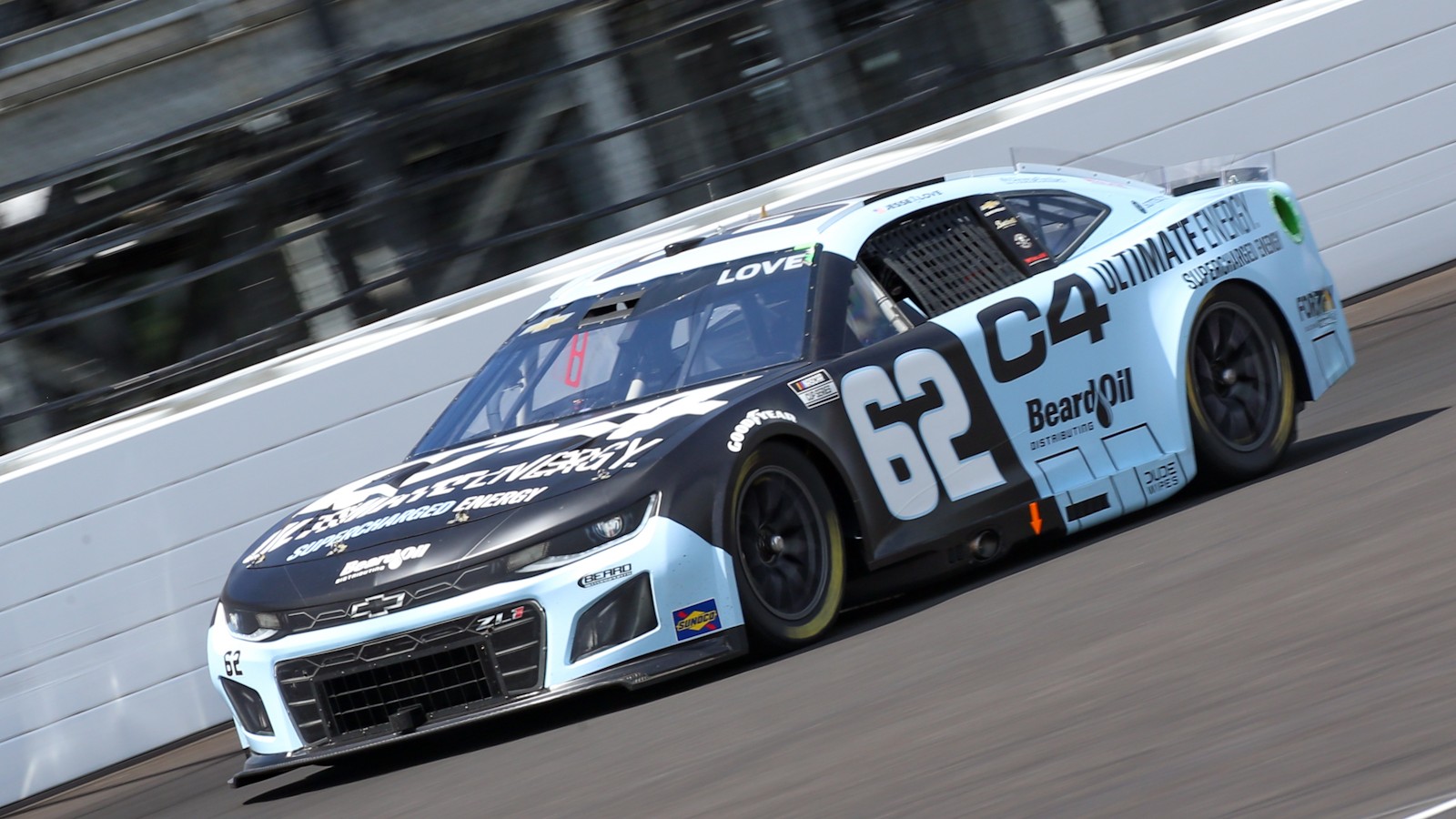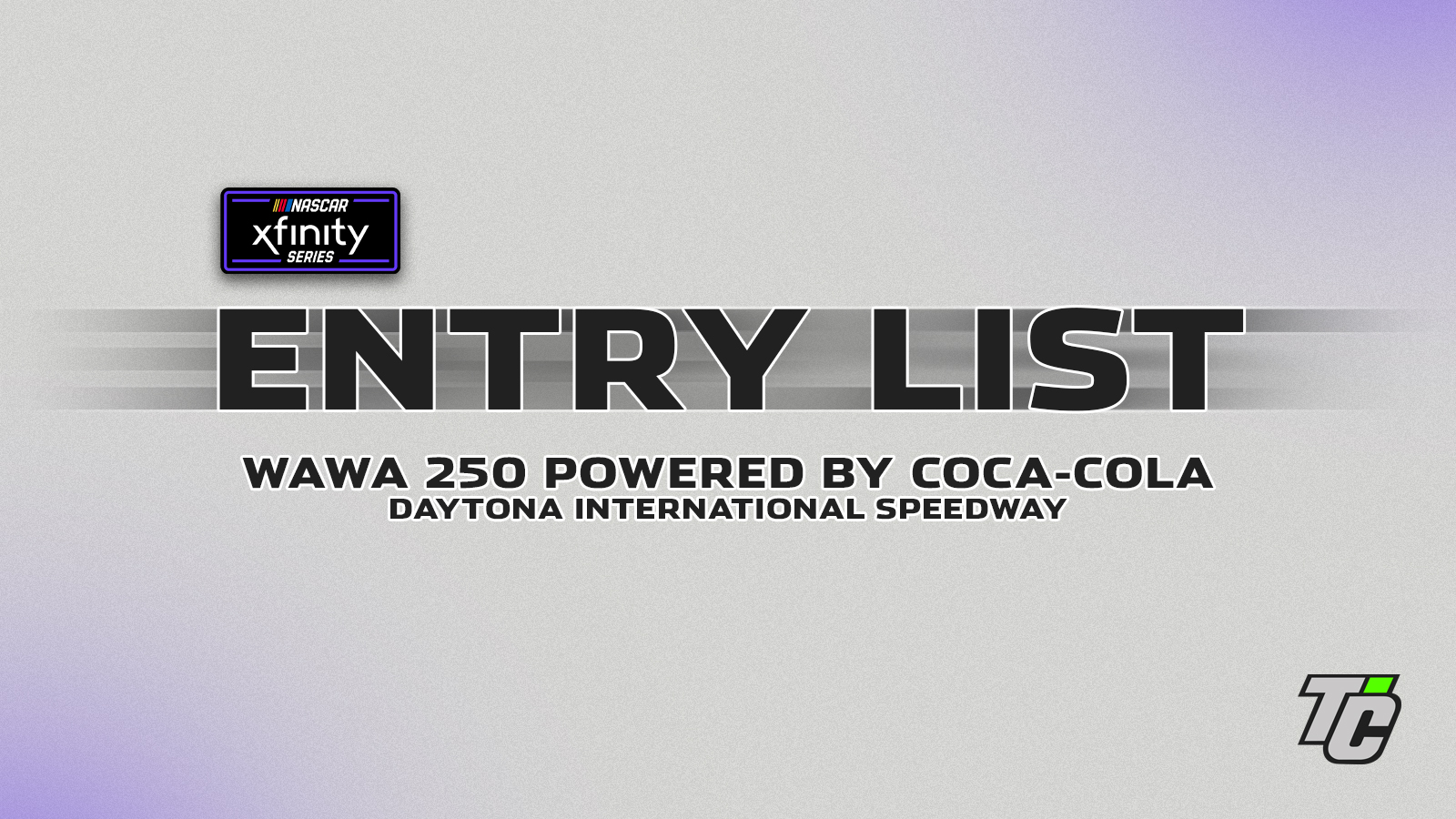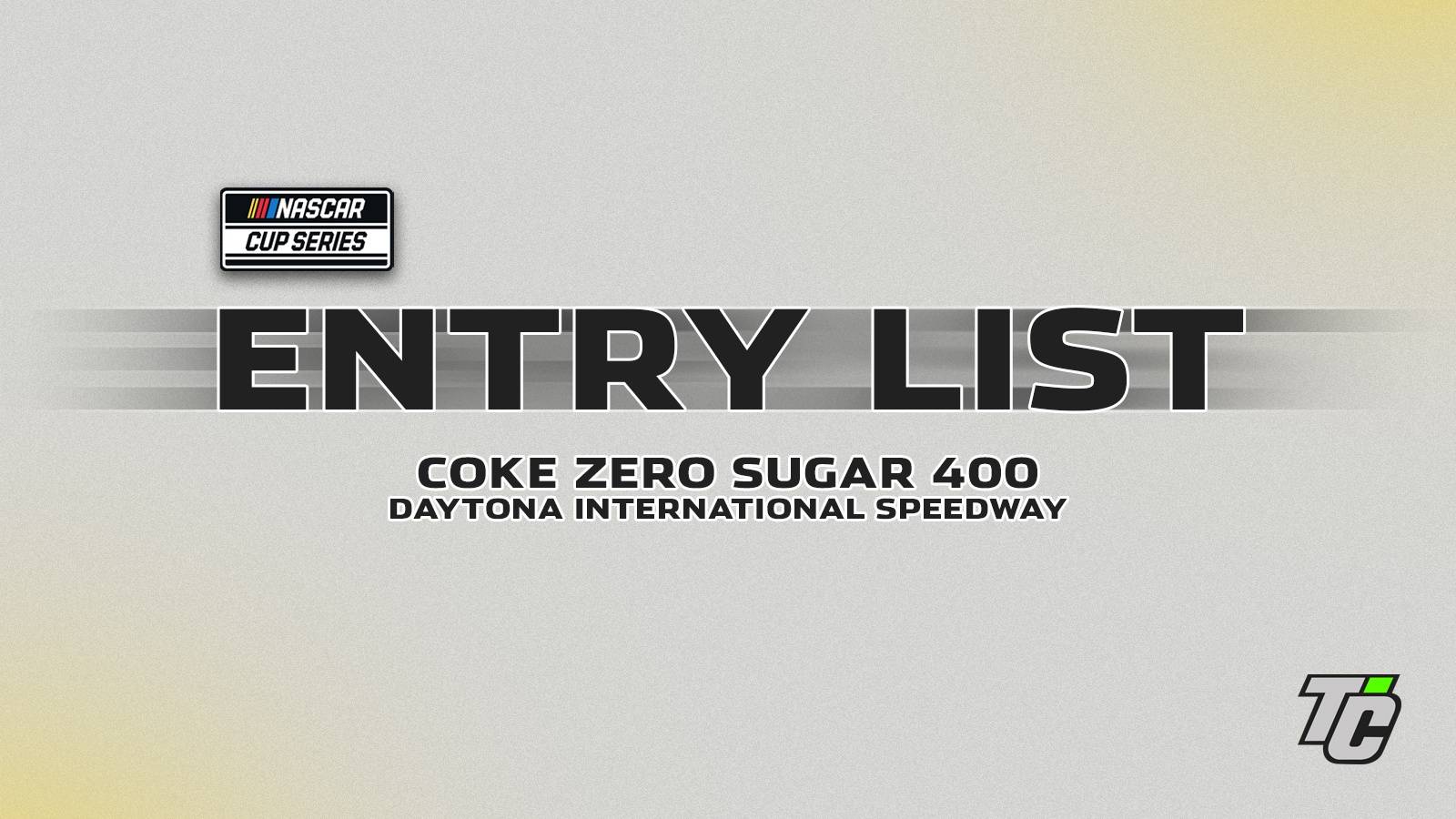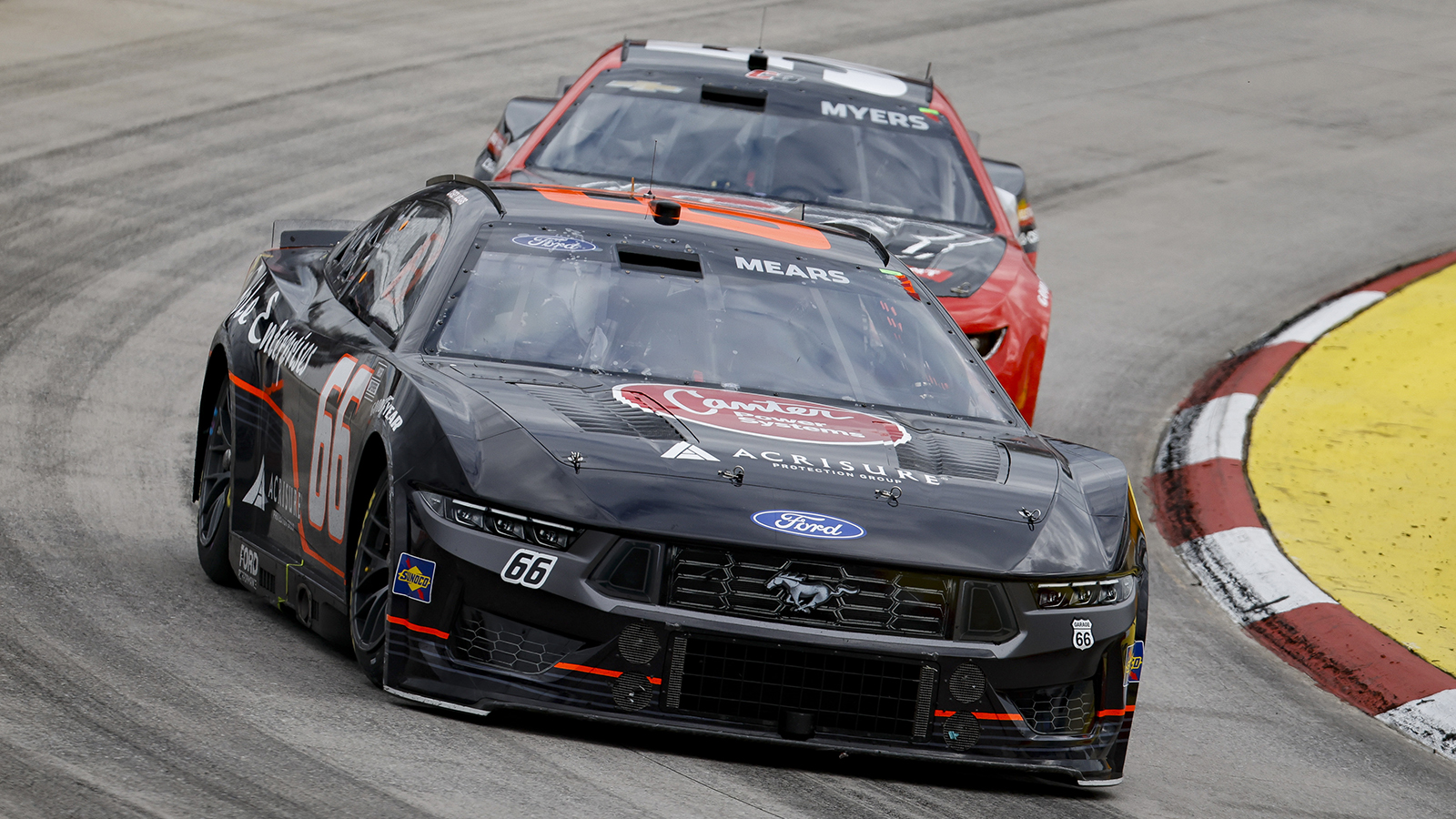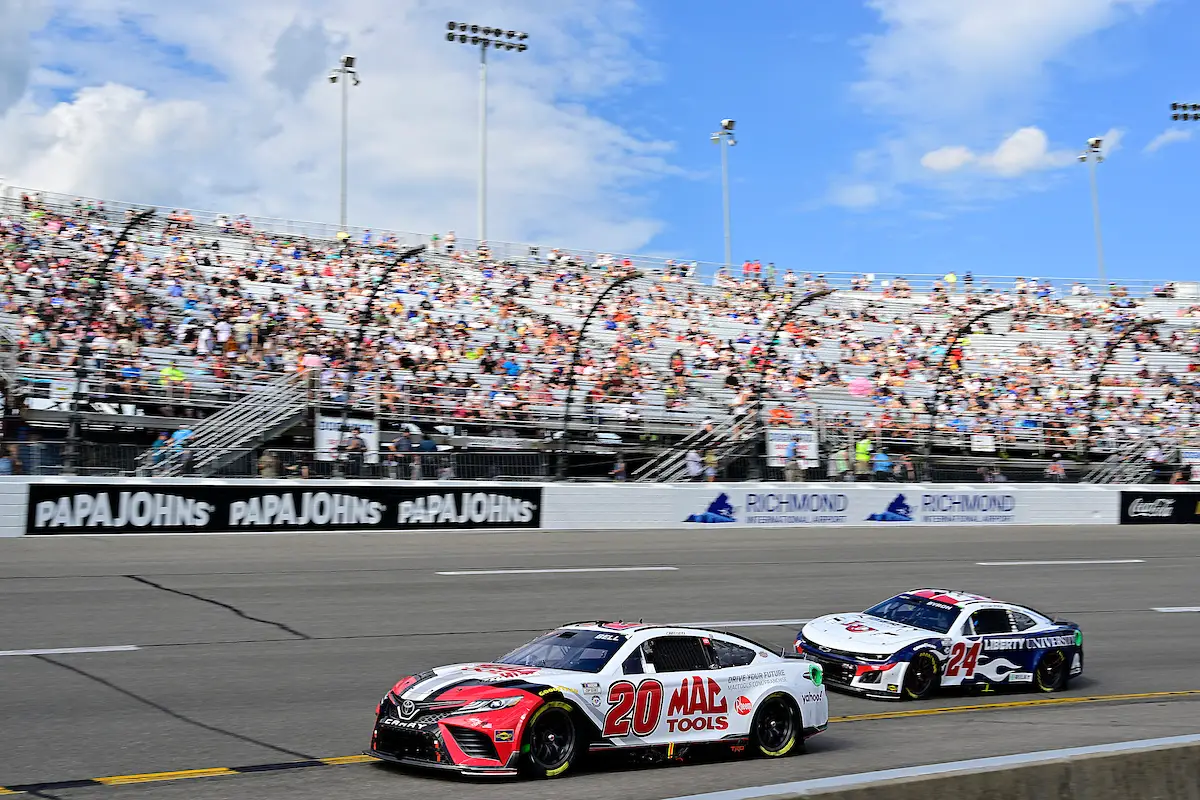
The latest attempt by NASCAR to improve upon the short track aero package in the NASCAR Cup Series will need some further tinkering after the first day of a two-day test session at Richmond Raceway provided subpar results.
On Monday, the six drivers and teams participating in the test were the first to hit the track with the new aero package featuring an angled “lift splitter” – designed to reduce the negative impact of turbulent air for the trailing cars according to computer modeling and wind tunnel testing.
The testing of the new aero package was originally scheduled to take place following the NASCAR Cup Series event at New Hampshire Motor Speedway in July, but was postponed due to inclement weather.
However, the results of the test session – at least from the first day, where the aero package was tested without different tire combinations – weren’t as positive as the sanctioning body had hoped.
William Byron, who has scored a series-leading four wins in the NASCAR Cup Series this season, said that the aero package in Monday’s test session didn’t feel much different from the package used in Sunday’s Cook Out 400.
“It was hard to tell. We were sliding around a lot, I felt pretty loose. I was loose the whole day,” Byron said after the test. “I felt initially when we put the aero changes on, it had similar grip to what we had yesterday, and then as we got closer to noon, and the track started to heat up it was less grip than yesterday, similar lap times, and then in traffic everyone was loose.”
“I think they’ll try some other stuff, I think that the tire could help too,” Byron added. “I feel like we just need more lateral to be able to make passes and set people up and get runs off the corner. I feel like we’re all pretty limited on lateral, especially with this package today. It just makes it hard to hustle the car and get beside somebody. We want the tire to fall off but have some lateral to start the run, and it doesn’t seem like we’re able to start the run with much grip in reserve so that you can maybe save or do some different things, back off your pace and then advance at the end of the run.”
Christopher Bell, driver of the No. 20 for Joe Gibbs Racing, agreed with the sentiment put forward by Byron, that the changes implemented to start Monday’s test session weren’t necessarily even that noticeable.
“It was not a home run,” Bell said regarding the test. “I was a big proponent of the low downforce package in Phoenix that didn’t work, and to me that felt like a big difference, and this did not feel like a big difference. I didn’t notice much difference.”
“I applaud NASCAR for trying. It’s cool, but I didn’t notice it,” Bell added.
Noah Gragson, currently competing for Rookie of The Year honors with LEGACY MOTOR CLUB, also provided his thoughts and gave insight on his experiences from running the test session, further explaining the intricacies of how the session unfolded.
“When I started the third set of races – the last ones of the day – I started the first 15 laps in last and I couldn’t do anything with it, the car was super disconnected,” said Gragson. “I got out front and it was a completely different race car, it was super gripped up, all my problems were fixed and I drove away with the lead and won that one and then restarted last in the third 15-lap race and had the same problems I did in the first race.”
“That was just one of the packages,” Gragson continued. “I think we saw some other stuff throughout the day with the other sets of races, but it’s a lot of trial and error. Right now, we’re trying to learn and come up with something – we’re trying to figure it out. We’re not going to hit on it, right away.”
Byron (Hendrick Motorsports), Bell (Joe Gibbs Racing), and Gragson (LEGACY MOTOR CLUB) were also joined by Justin Haley (Kaulig Racing), Harrison Burton (Wood Brothers Racing), and Ryan Preece (Stewart-Haas Racing) in the test session.
“So, when we did the group runs, we wanted to see, okay, let’s line them up like a real race, fastest to slowest, see what happened, and then let’s invert them and see if those fastest guys can get back to the front,” said Dr. Eric Jacuzzi, NASCAR Vice President of Vehicle Performance. “So, we saw some of that, but a lot of feedback from drivers was it wasn’t quite enough, so we got some discussions ongoing about what we could do [Tuesday] based on some of their feedback.”
“Good direction, they had a lot of feedback on tires, so tomorrow we got quite a bit going on with tires, so hopefully that steers us in a direction, as well. So, some good learnings today, for sure, but obviously we wanted a grand slam, but we didn’t get it.”
With the knowledge that some tweaks will be required, the sanctioning body still plans to move forward with a tire-centralized program on the second day of the test at Richmond, in hopes of making a positive impact on the package tested on Monday.
“We’re definitely going to do the tire program we had planned. We will start the day on that and revert back to what we had today – which will be that splitter with it open, the same spoiler they had on, and all that. So, they would run through that, probably take three hours in the morning, drivers pick out which tire they thought was best, or which direction they thought was best.”
According to Dr. Jacuzzi, should NASCAR elect to run an additional configuration of the aero package being tested, drivers and teams would be informed of such changes as part of a meeting on Tuesday morning.
“In the morning, we’re going to let the teams know if we decide to run a modified package from today, we’ll let them know in the morning meeting and give them a couple of hours to get ready for that, and probably have some open time, and then repeat and do a group one toward the end of the day.”
